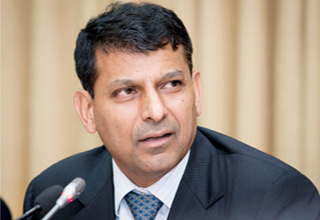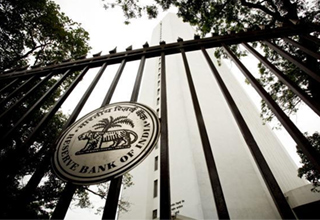Hundred entities waiting to apply for small & payment banks, says study
Updated: Aug 18, 2014 04:46:24pm

These interested firms are awaiting final guidelines which will provide more clarity to firm up their plan to apply for the ‘differentiated bank’ licence to further the objective of financial inclusion, according to a study conducted by ASSOCHAM.
Those which are looking to enter small banks space are awaiting clarifications like if a small bank can operate in an industry clusters across various states or it can operate in a particular state only, said Secretary General ASSOCHAM, D S Rawat.
Besides, presence in a particular area could lead to potential threat of concentration risk that final guidelines can provide more light to avoid such a situation, he added.
The study said, for example if there is draught or flood in a particular area, it will have quite a significant adverse impact on the balance sheet of a small bank with little diversification of risk.
Small banks would perform all basic banking operation like a commercial banks but with restricted area presence. It can collect deposits and disburse small-ticket loans to farmers and small and medium businesses, unorganised sector through high technology-low cost operations as par draft norms circulated by RBI.
As far as payment banks are concerned, it will cater to marginalised sections of society, including migrant labourers, for collecting deposits and remitting funds. They would not be allowed to indulge in lending operation.
According to the study, there are many interested firms for implementation of this model also but expecting lowering of minimum capital requirement to Rs 50 crore in the final framework.
Such banks can be set up with a minimum capital of Rs 100 crore as against Rs 500 crore required for normal commercial banks, as per the draft.
Indeed such banks once become functional would be great step towards financial inclusion and weed out moneylenders who charges usurious interest rate from the country. It can bring 42 per cent financially excluded population into the formal banking system.
It is a shame that money lending still exist after 67 years of independence and it is time to get rid of this in right earnest, the study said.
One of the steps towards this was RBI giving in-principle approval to IDFC and Bandhan Financial Services to set up full-fledged banking operations in April this year.
The process to allow private sector into enter into banking arena began. The Reserve Bank last came out with a set of guidelines for licensing of new banks in the private sector in February 2013. The process of licensing culminated with the announcement by the Reserve Bank (Press Release dated April 2, 2014) that it would grant “in-principle” approval to two applicants who would set up new banks in the private sector within a period of 18 months. (KNN Bureau)












